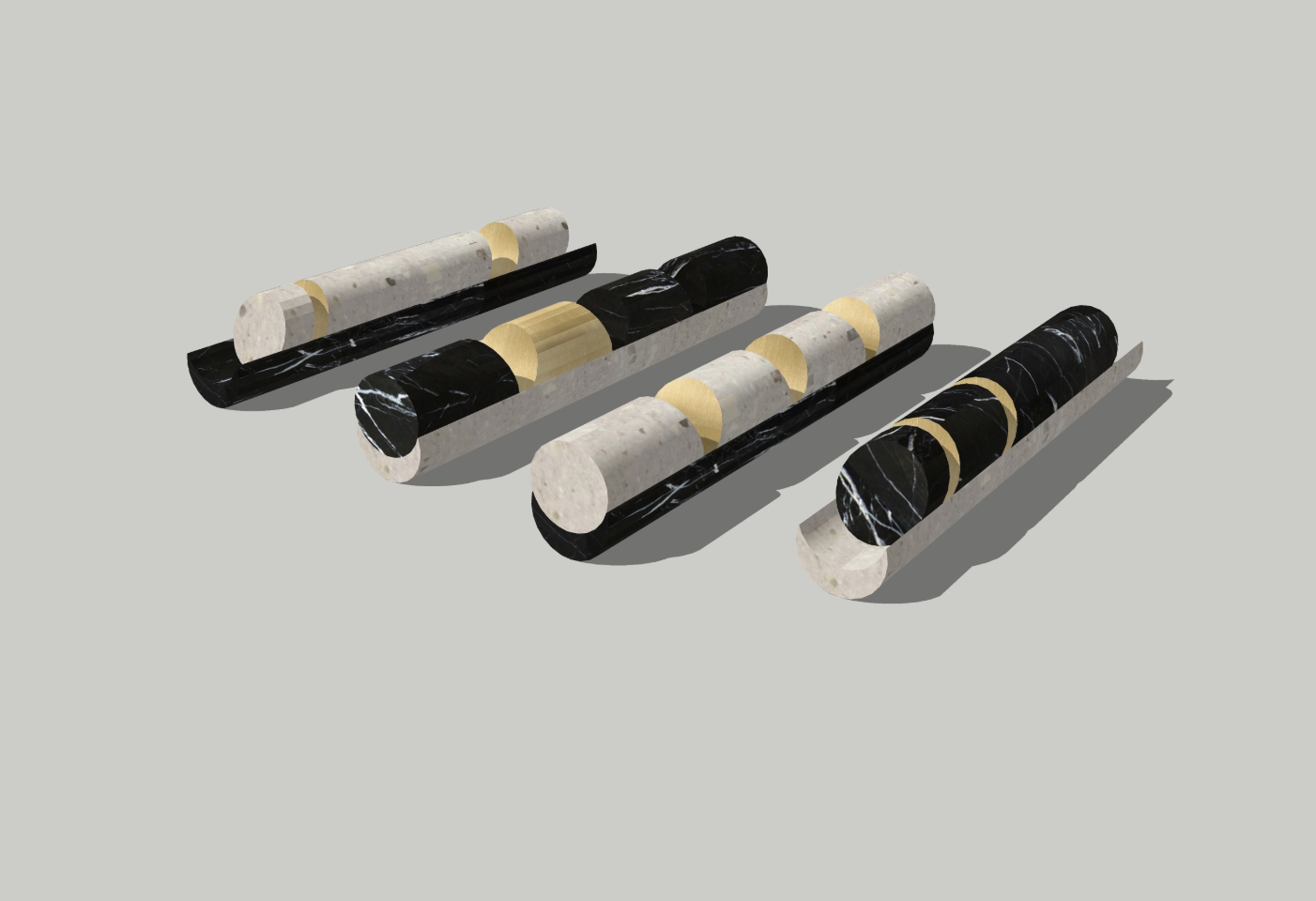
Elena Damiani
Great Circles
Exhibition
-> Nov 23 2019 – Jan 25 2020
Great Circles emphasizes the importance of attempting to reflect on the scientific tools and facts, the laws of nature, and the effects that these projects on our ways of thinking and our culture, promoting questions that recognize its impact beyond the field of Science. The exhibition is composed of sculptures and a series of drawings, which refer to different navigation devices and distance and time measuring instruments; The artist relies on notions of navigation, cartography, exploration, mobility, and location, to address the fundamental search to understand our position in the world.
Damiani rehearses a poetic about the natural processes that we fail to make visible, to create a bridge that connects scientific principles and facts with universal meanings and notions. This attempt to understand these principles leads the artist to translate them into a sculptural language, using classic materials of this discipline, so that in this way, we will be able to recognize them. In the sculptures, the combination of black marble, white stone, and brass suggests the alignment of masses that reflect light in different ways: dark bodies, bodies that reflect light and bright bodies.
Conventional techniques to measure positions on the Earth's surface shape the project to generate a poetic representation of distances and physical locations concerning an open system of references. Likewise, the works reflect on the movement of celestial objects in space and how they can serve as a system of references in space-time. Transits and occultations I refers to the discontinuity of time, natural phenomena that alter an established order, and the dialectic between light and dark . The geometric assemblies of stone and metal represent the variations of a planetary transit between three celestial bodies that line up hiding one behind the other. The works try to bring back to materialness a phenomenon, that although we perceive as intangible (for example as an image in the sky), in reality implies the movement of large masses by natural forces.
The works are delineated by a geometry inspired in diagrams of navigation instruments and terrain recognition taken from the manuscript The Jewell of Arts by George Waymouth c. 1604. The clearest example can is Untitled (Protactor), a sculpture that abstractly represents a navigation instrument used to find the exact degree and minute of the altitude of the sun and the tides. In Great Circles I-V, a series of diagrams of scientific instruments translated into geometric drawings, we observe the representation of universal figures that seem to recreate a new cosmology that transcends the practical side of the object towards an aesthetic contemplation.
The exhibition aims to point out the importance of observing the celestial and the terrestrial, representing a context of interchange between the two areas. The works subtly affirm that our position responds to a system that obeys a higher order of magnitude that escapes the reality of human experience and that it is only by observing the relationships between the elements of this system that we can obtain knowledge of the physical world.
—Nordenhake